Step-by-Step: Administering Dewormer to a Nervous Cat
Introduction
Administering oral medication to a nervous cat can be challenging. Stress can compromise the cat’s cooperation and make the process stressful for both pet and owner. This guide provides step-by-step instructions to calm a nervous cat and safely give deworming medication, ensuring effectiveness and minimal anxiety.
1. Preparation and Environment Setup
Choose a Quiet Space: Select a small, quiet room with minimal foot traffic (e.g., bathroom or bedroom).
Gather Supplies in Advance:
Dewormer (tablet or liquid)
Pill popper or syringe/dropper for liquids
Towel or cat blanket
Treats or calming pheromones (Feliway® spray)
Time of Day: Administer when the cat is naturally calmer (early morning or late evening).
2. Desensitization and Positive Association
Familiarize with Supplies: Place the pill popper, syringe, and treats near the cat’s resting area for a few days. Allow the cat to sniff and investigate.
Reward Calm Behavior: Offer a small treat or a gentle scratch when the cat approaches supplies without fear.
Use Pheromone Sprays: Apply a cat-friendly calming pheromone on the blanket 15 minutes before administering medication to reduce anxiety.
3. Wrapping Technique (“Purrito” Method)
Lay Out a Towel or Blanket: Use a medium-thick towel to wrap the cat securely but gently.
Position the Cat: Place the cat on the towel with its back facing you.
Secure the Front Paws: Wrap one side of the towel over the front legs and tuck gently under the belly.
Secure the Hindquarters: Wrap the other side of the towel to cover the hind legs, ensuring minimal mobility but allowing breathing.
Leave the Head Exposed: The cat’s head should remain outside the towel for oral administration.
4. Administering the Dewormer
Liquid Dewormer:
Draw the prescribed dose into a syringe or dropper.
Hold the cat’s head steady; gently insert the syringe at the side of the mouth, aiming toward the back of the tongue.
Depress the plunger slowly; pause between squirt intervals to allow swallowing.
Tablet Dewormer:
Tilt the cat’s head back gently until the mouth opens slightly.
Place the tablet on the back of the tongue using a pill popper or your fingers.
Close the cat’s mouth and stroke the throat lightly to encourage swallowing.
5. Post-Administration Rewards and Observation
Immediate Reward: Give a highly palatable treat or wet food to create a positive association.
Monitor for Side Effects: Watch for mild vomiting or drooling; if severe symptoms occur, contact your veterinarian.
Gradual Release: Gently unwrap the “purrito” only after the cat has chewed or swallowed the treat and calmed down.
6. Long-Term Strategies for Nervous Cats
Behavioral Desensitization: Practice mock administrations without medication.
Consistent Routine: Administer medication at the same time and place each month.
Positive Reinforcement: Reward calm behavior consistently, even when no medication is given.
Conclusion
Administering deworming medication to a nervous cat requires preparation, patience, and positive reinforcement. By creating a calm environment, using the “purrito” method, and rewarding post-treatment, you can minimize stress and ensure effective parasite prevention.
Explore Dogs

How to Deworm a Dog with Heartworm Prevention Medications
IntroductionCombining heartworm prevention and intestinal parasite control in a single medication si...
Read More
Why Is My Cat Drooling After Deworming? Causes and Solutions
IntroductionDrooling (ptyalism) in cats after deworming is alarming for owners. While mild drooling ...
Read More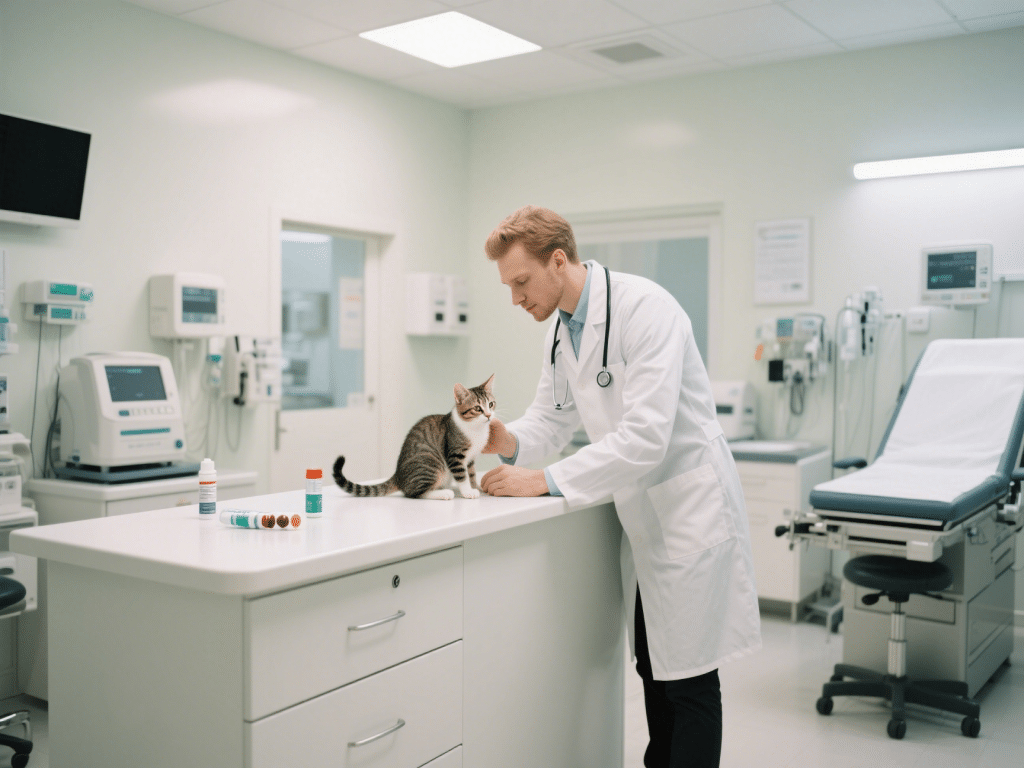
Cost-Effective Deworming Options for Large Breed Dogs
IntroductionLarge breed dogs (over 50 lbs) require higher medication dosages, which can increase tre...
Read More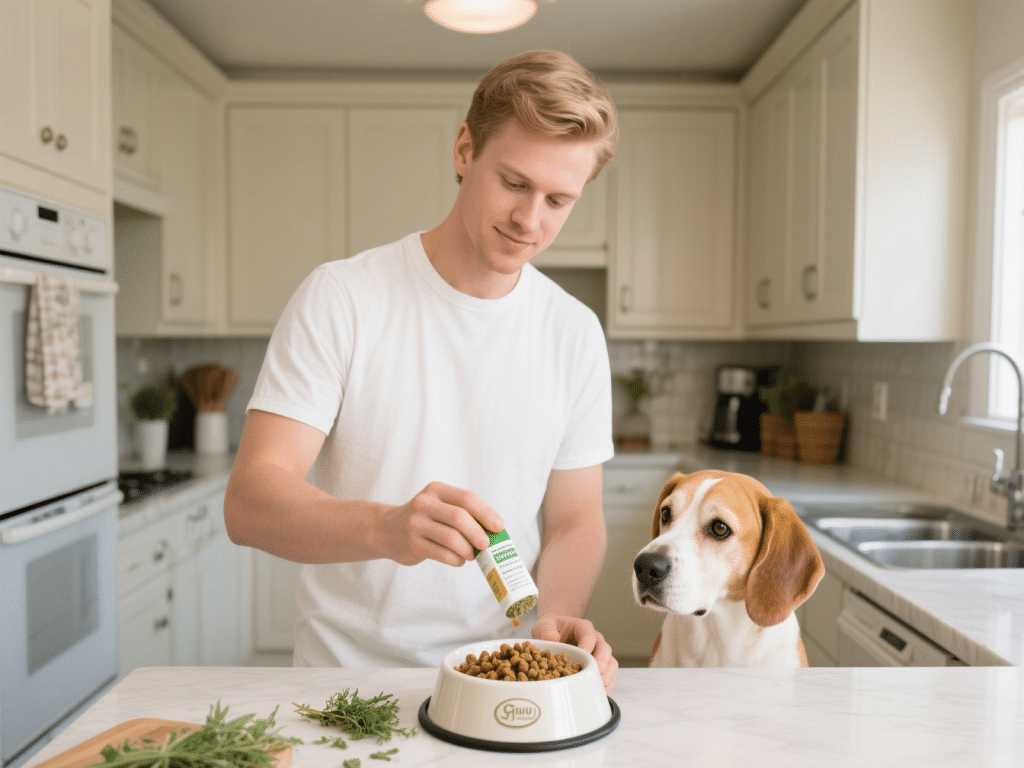
Natural Dog Dewormers That Actually Work: Ingredients and Dosages
IntroductionMany dog owners seek natural alternatives to chemical dewormers to reduce side effects a...
Read More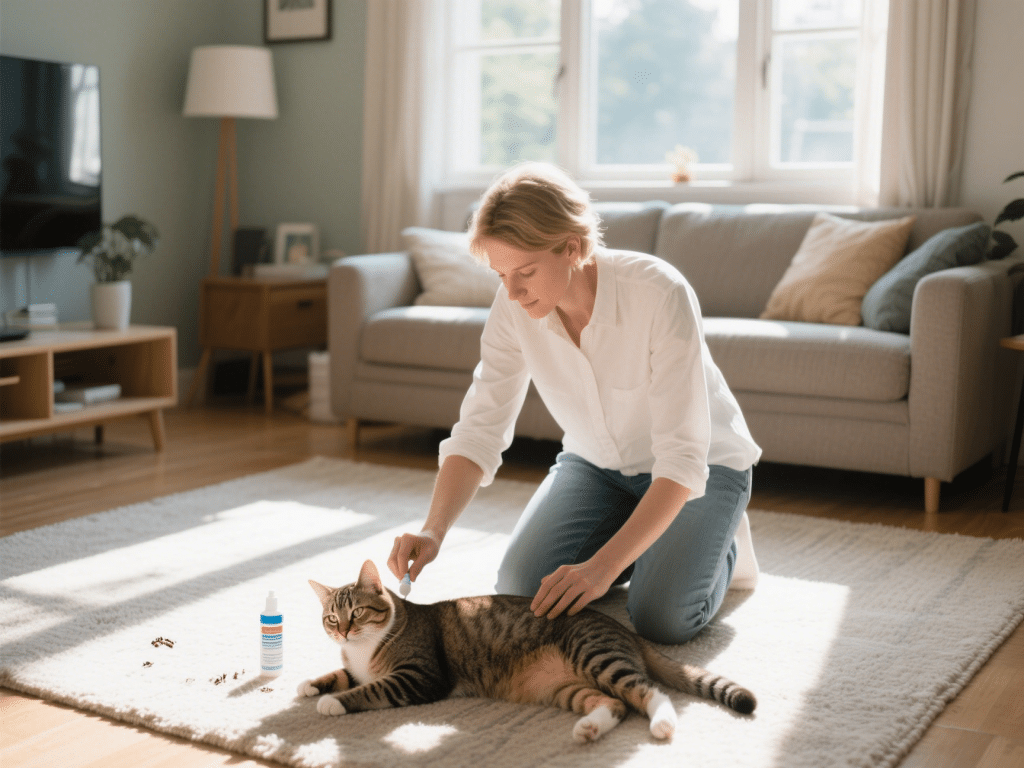
Choosing the Right Cat Dewormer for Flea-Infested Homes
IntroductionFlea infestations pose dual threats to cats: itching, dermatitis, and tapeworm exposure ...
Read More
Best Dog Dewormers for Puppies: A Vet-Recommended Guide
IntroductionPuppies are particularly vulnerable to intestinal parasites—roundworms, hookworms, and...
Read More
Seasonal Deworming Strategy: Fleas in Summer, Roundworms in Winter
Why Seasonality Matters in Parasite ControlTemperature and humidity fluctuations dramatically influe...
Read More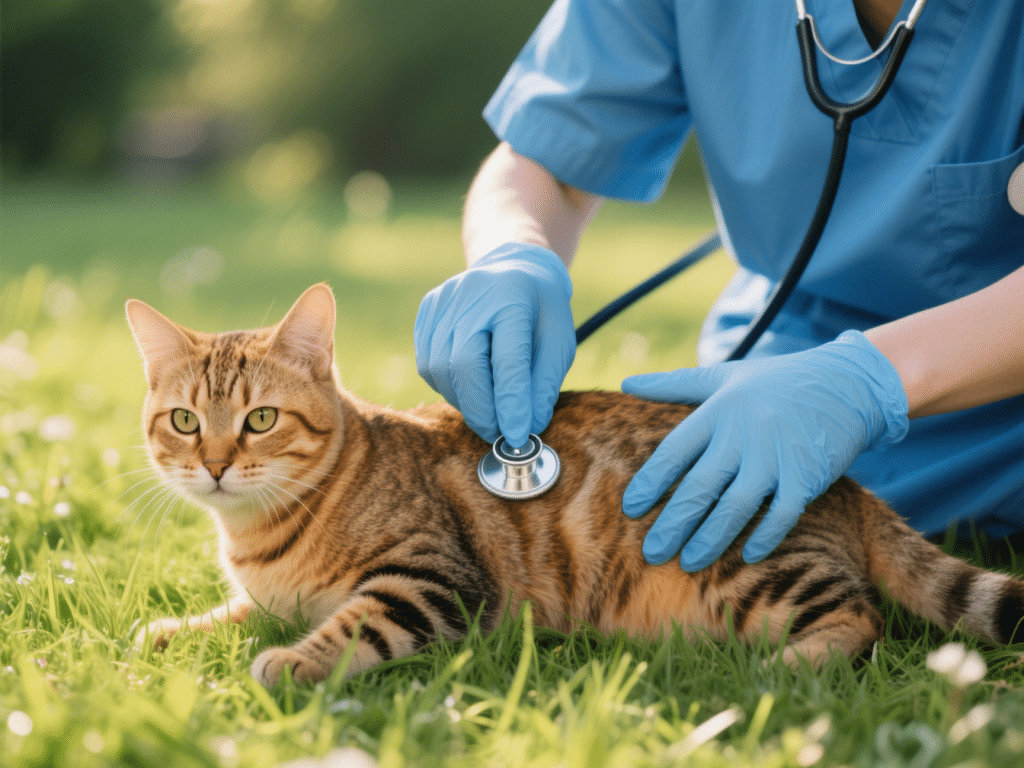
How Often Should You Deworm Your Cat? Adjusting by Season
How Often Should You Deworm Your Cat? Adjusting by SeasonProtecting your cat from internal parasites...
Read More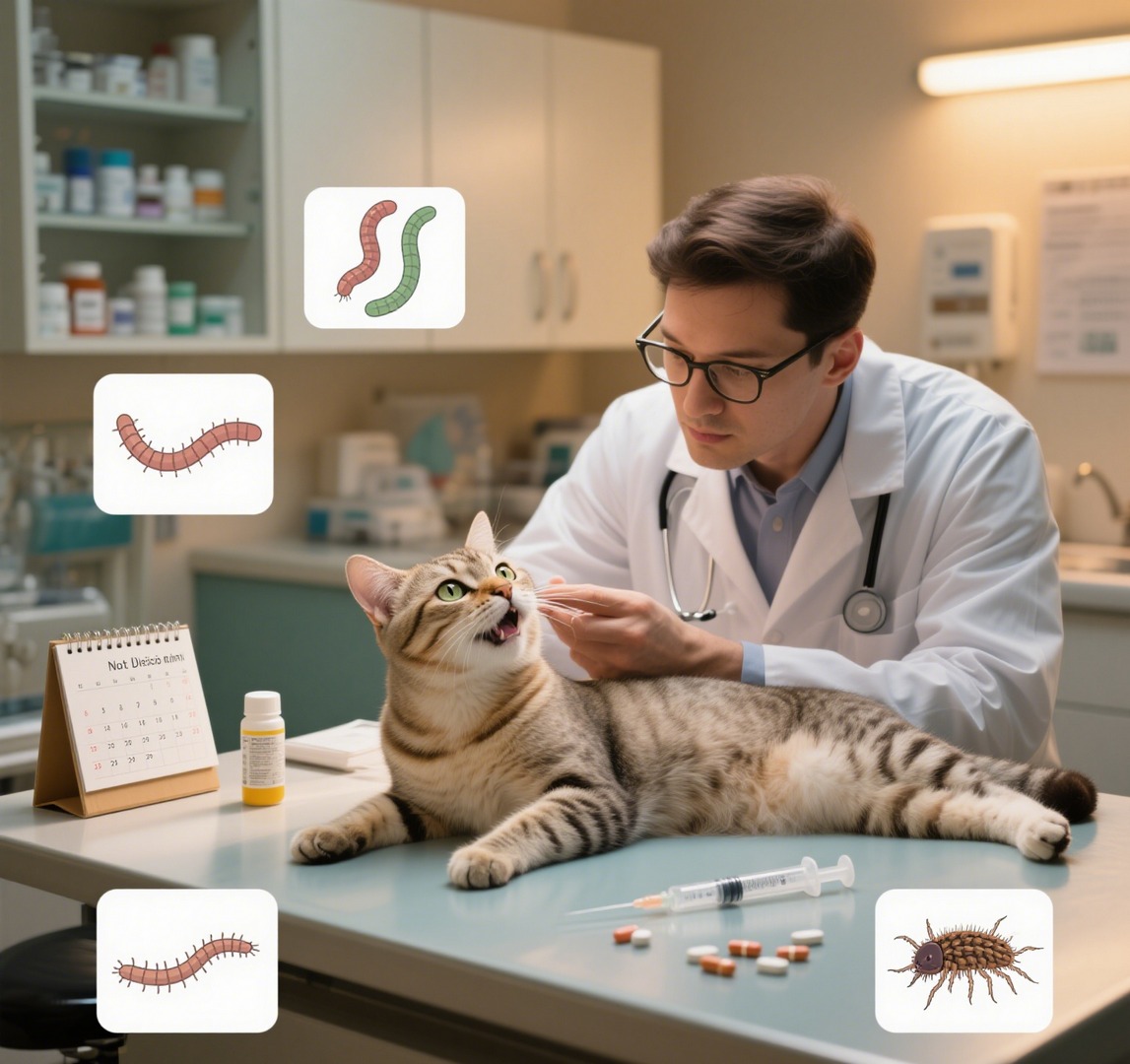
Why Cats Require Regular Deworming: Understanding Internal and External Parasites
1.1 Internal Parasites• Ascarids (Roundworms): The most common intestinal parasites, often causing...
Read More